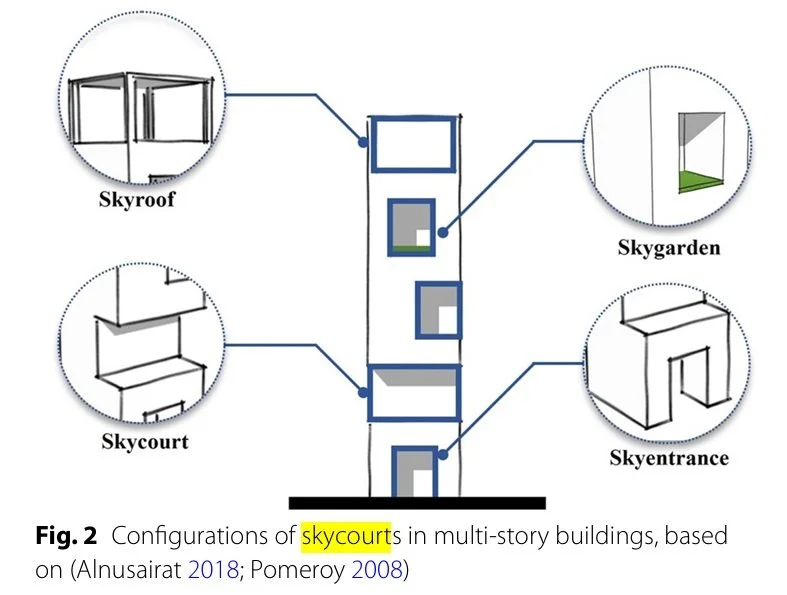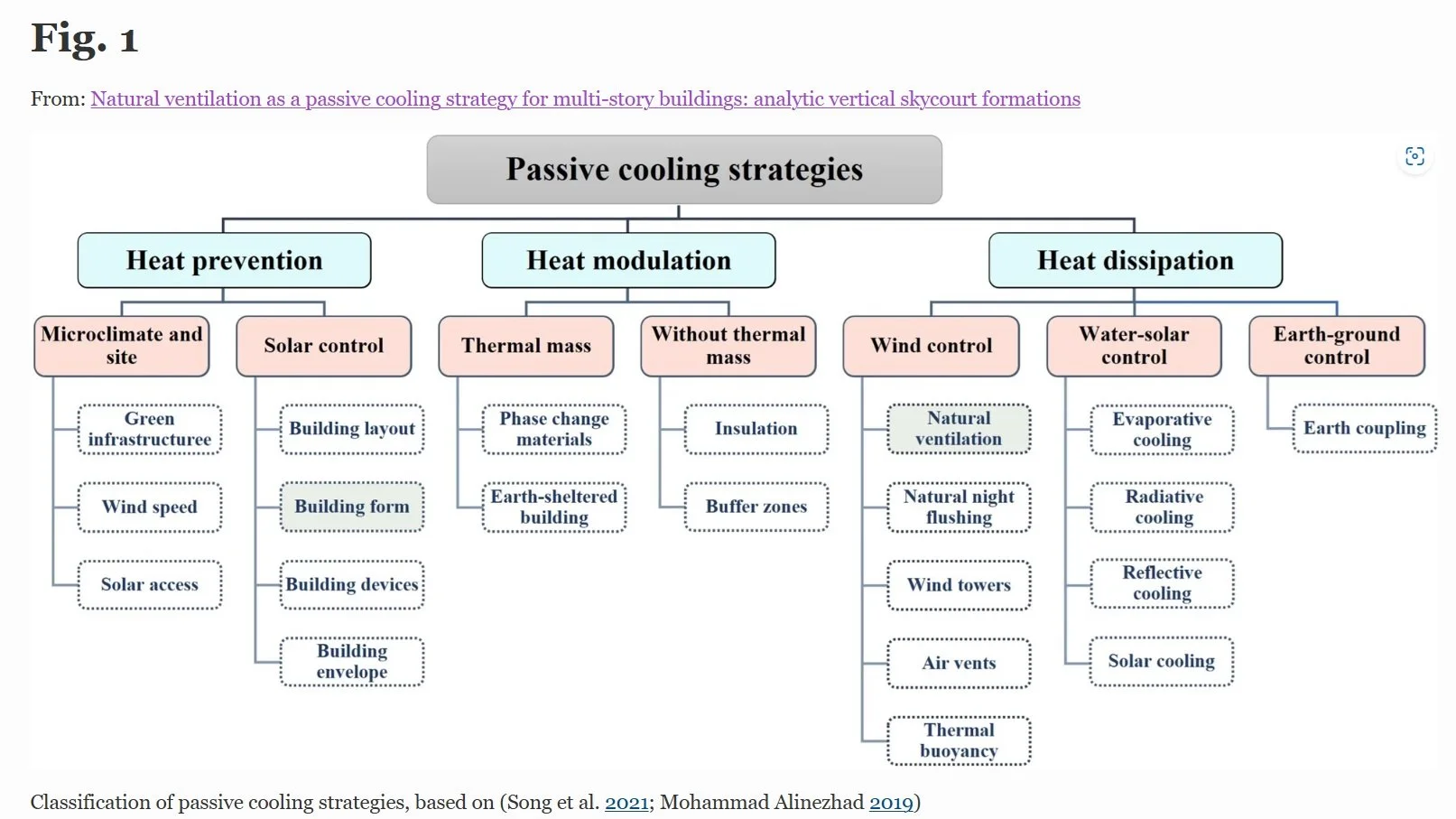Using ancient tech as a model for modern energy-saving
They say “new knowledge is ancient knowledge forgotten.”
There are several ancient technologies that can be adapted for modern use to help reduce energy demand and water usage in industrial buildings.
𝗥𝗼𝗺𝗮𝗻 𝗔𝗾𝘂𝗲𝗱𝘂𝗰𝘁𝘀: Adaptations of this technology can help in efficient fluid & material distribution staying true to the core principles of gravity-driven flow, reducing the need for energy-intensive pumping systems. Modern applications can include gravity flow racks, spouts & chutes for dry bulk materials, gravity-fed fluid systems & gravity conveyors.
𝗪𝗶𝗻𝗱𝗰𝗮𝘁𝗰𝗵𝗲𝗿𝘀 (𝗕𝗮𝗱𝗴𝗶𝗿𝘀): Used in ancient Persia, windcatchers are architectural elements designed to catch and direct cool breezes into buildings. Modern examples include Earth Air Tunnel Heat Exchangers (EATHE), combined stack ventilation and solar chimney principles, facade mounted transpired solar collectors & multi-storey passive cooling utilising skycourts, double-skinned facades and wind funnels as showcased by Singapore’s CapitaGreen Building. ServerDomes also offer a very innovative data centre cooling approach with their combined geodesic dome structure and passive air-cooling system.
𝗤𝗮𝗻𝗮𝘁𝘀: These are underground channels designed to transport water from aquifers to the surface. Modern buildings use qanat-inspired designs to create geothermal cooling systems. These systems circulate water through underground pipes to naturally cool or heat buildings, reducing the need for conventional HVAC systems and lowering energy consumption. Check out Iron Mountain's Boyers Data Centre site located 200 feet underground in a former limestone mine taking advantage of year-round low ambient temperature plus making use of a lake for geothermal cooling.
𝗧𝗵𝗲𝗿𝗺𝗮𝗹 𝗠𝗮𝘀𝘀 𝗮𝗻𝗱 𝗣𝗮𝘀𝘀𝗶𝘃𝗲 𝗦𝗼𝗹𝗮𝗿 𝗗𝗲𝘀𝗶𝗴𝗻: The Greeks and Romans used thick walls and strategic building orientation to regulate indoor temperatures. In modern buildings, roofs can be designed with a sawtooth profile including 'north lights' allowing natural light without the added solar gain - plus PV panels on the rear side facing south. Next-generation salt-based Phase Change Materials (PCMs) can also be integrated into walls, ceilings, or floors to stabilise indoor temperature and reduce heating and cooling loads.
Photo Credits:
https://lnkd.in/dqky28x9
https://lnkd.in/d9Mdybxn
https://lnkd.in/dJswW3Q5
https://lnkd.in/dNRmUujJ
https://lnkd.in/dDG5SefB.






